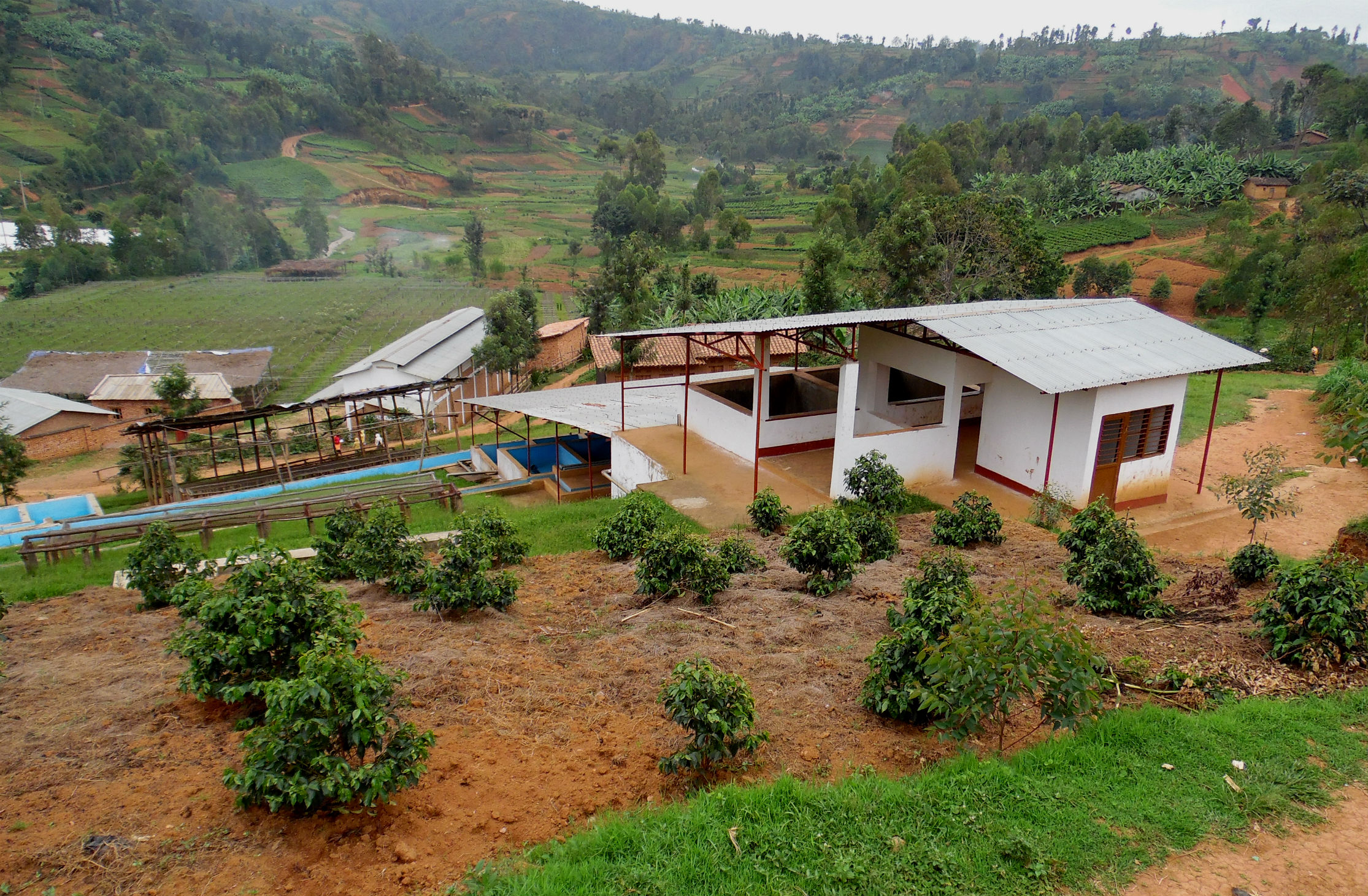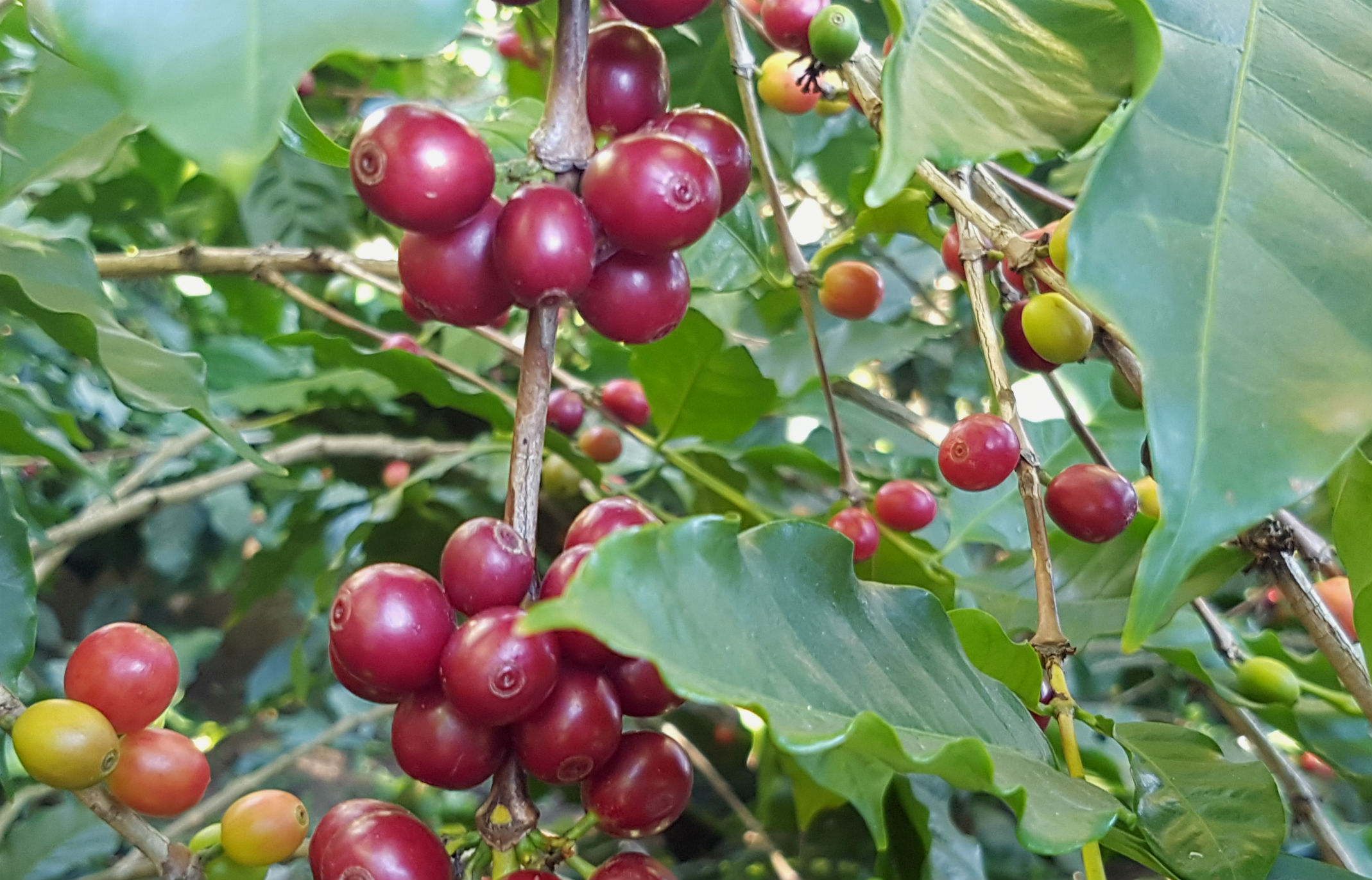Burundi Buzira Muruta Raised Bed Natural Crown Jewel
Boxes 0
Warehouses Oakland
Out of stock
intro
This is a zinger of a natural process from Salum Ramadhan’s Buzira washing station in Kayanza. Ripe fruit notes like red grape and cherry take center stage, but they’re accompanied by a massive supporting cast including bubblegum, vanilla, pisco, syrah, saltwater taffy, and fudge. We seriously can’t shut up about this delicious Burundi and its companion lots.
This is our second year working with Salum, who now is responible for coffees from four washing stations in northern Burundi. His attention to quality and detail are second-to-none. The fermentation tanks and washing channels are immaculate, parchment dries in thin layers on well-organized beds, and Salum pays well above average for both daily labor and cherry deliveries from local farmers, in this instance separating the lot from a single community called Muruta. Each station is also surrounded by a multi-purpose farm, serving as test plots for new varieties and as examples of a well-run garden for local smallholders. He also recently completed his own mill, which he calls Trust Dry Mill, located nearby which helps ensure better efficiency in processing, storage, and exporting. Buzira (full name: Buziraguhindwa) was his first washing station, established in 2009, and now has around 3000 contributing farmers.
Salum Ramadhan is a self-made man, and a native of Kayanza, where he seems to know everyone. Kayanza is in the heart of Burundi’s coffee production area, second only to neighboring province Ngozi in total production volume. Coffee is the country’s leading export product, both by value (65%) and volume (90%), followed by tea, cotton, and sugar. The potential for quality arabica is incredibly high: ideal climate and growing conditions combined with old-growth heirloom varieties yield exceptional flavors. Political instability and logistics challenges continue to be the greatest stumbling blocks for access to the specialty coffee in the country. But with people like Salum leading the charge, we can see the pendulum swinging towards positive change.
Incoming coffees, mostly grown by local smallholders who are paid for cherry delivery at the washing station, are washed and floated for density before processing, even for natural process coffees. The naturals are then dried in a single-cherry layer spread across a vast network of drying tables. There is a very limited supply of this coffee in 60kg bags and as 10kg Crown Jewels.
green
The regional risk of rain during the harvest season can make coffees like this one difficult to dry. Long times on drying beds, sometimes covered in yellow plastic tarp to protect from sudden thunderstorms, can bottleneck washing stations, and the temptation to rush parchment through the process can sacrifice quality. Luckily for us, Salum has invested in copious space for tables and employed well-trained workers for the task. This is a super dense coffee, well-dried with a slightly elevated water activity. You might try a slightly aggressive heat approach when roasting, as it is a good bit denser than a typical natural.
Local varieties are usually part of the Bourbon group, and include regionally popular Jackson and Mbirizi, which were among the older trees distributed in the 1950s. Newer cultivars exist, and Salum keeps a variety garden on site at his washing stations as an example of the kinds of trees that perform well in the microregion. Farmers in the region are also growing classic Kenyan SL-28 and the newer Batian variety, as well as K7, another Scott Lab selection.
The threat of potato may still scare roasters, but Salum’s washing stations are rigorous in cherry selection, flotation, and parchment sorting, and we’re fortunate to have secured especially clean coffees as a result. If you’d like to read a little more about the defect, including suggestions for talking points and service, take a peek at this article we ran last year.
taste
behmor
Unless otherwise noted, I follow a set standard of operations for all my Behmor roasts. Generally, I’ll use the 1lb setting, manual mode (P5), full power, and high drum speed until crack. Read my original post and stats here.
I tend to approach natural coffees gently on the Behmor, but I started this roast off just as I usually do – with 100% heat and high drum speed on the Behmor’s manual mode. This coffee cracked slightly late, but really started to take off in post crack development. I had adjusted down to 75% power immediately at first crack, but my experience has been that lowering power a bit before first crack for natural coffees on the Behmor is really beneficial. An oversight on my part.
After developing post crack for 1:25, I engaged the cooling cycle at 12:30. My roast loss percentage was pretty high on this batch – 15%. However, this coffee showed well on the cupping table. Despite a slight roastiness, the clean fruitiness of this coffee came through pleasantly. Personally, I found a bubblegum note that reminded me a bit of my childhood infatuation with Bazooka Joe comics. Winey sweetness and clear grape came through; certainly not all was lost in the roast.
I would recommend this coffee for a midday pick-me-up. You know, because midday is when it’s almost dark out this time of year. Coffees like this can brighten up anyone’s day!
brew
This Burundi natural is simply stellar, as are the other lots from Salum Ramadhan’s washing stations. Because of it’s clean juiciness, I brewed it first on the V60 at a 1:16 ratio with my EK set to 9. This result was a positively delicious cup bursting with plum, pomegranate, grape, lavender, nutmeg, dates, and red wine. It was truly delightful, and I saw no need to change any part of my recipe.
In the interest of exploring (read: drinking) this coffee more, I broke out the Kalita and tried the same recipe, purely out of curiosity. The brew took about 15 seconds longer, and featured a little more tannic and herbal notes than the V60 version of the same dial. Still, notes of strawberry, grape juice, pear, honey, and an unbelievably clean finish made this brew just as delicious to slurp down. My advice: brew this coffee as many ways as you’d like and explore the multitude of flavors it has to offer.






